Imagine standing in a quiet field after a thunderstorm, the air still charged with mystery. Beneath your feet, hidden from view, nature has just performed one of its most spectacular and secretive tricks. In a single explosive moment, a bolt of lightning has carved a delicate, glassy sculpture right into the earth—one that few will ever see. These rare underground artworks, called fulgurites, are a testament to the raw power and beauty of the natural world. The journey from a roaring sky to a shimmering glass tube underground is nothing short of magical, blending science, art, and the sheer unpredictability of nature.
The Raw Power of a Lightning Strike
Lightning is one of nature’s most awe-inspiring forces. Each flash packs a staggering amount of energy—up to a billion volts, surging with currents of 30,000 amps or more. When this energy hits the ground, it doesn’t just light up the sky; it alters the very matter it touches. The temperature at the core of a lightning bolt can reach a scorching 30,000 degrees Celsius, which is five times hotter than the surface of the sun. This immense heat is crucial for the creation of underground glass sculptures, as it melts the materials it passes through in a fraction of a second. The sheer unpredictability and might of lightning make every strike a potential artist, sculpting in secret beneath our feet.
What Are Fulgurites?
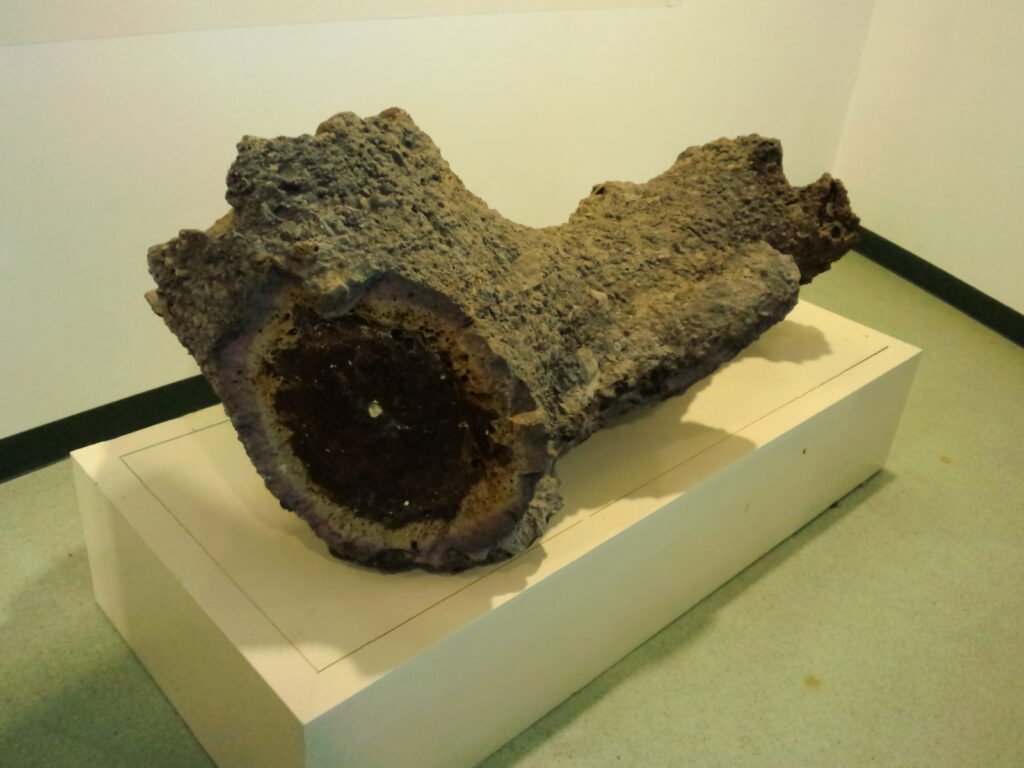
Fulgurites are the scientific name for these natural glass sculptures created by lightning. Their name comes from the Latin word “fulgur,” meaning lightning, and they are often called “petrified lightning.” Fulgurites form when a lightning bolt strikes sandy or silicate-rich soil, fusing the grains together into a hollow, glassy tube. These formations can vary in size from a few centimeters to several meters long, twisting and branching like the roots of a tree or the frozen path of electricity itself. Each fulgurite is unique, a record of the lightning’s wild journey underground, and they are treasured by collectors, scientists, and artists alike for their otherworldly appearance.
The Science Behind Glass Formation

To understand how lightning creates glass underground, we need to explore the science of glass itself. Ordinary glass is made by melting silica, the main component of sand, at high temperatures and then cooling it rapidly so that it hardens without forming crystals. When lightning strikes sandy soil, it instantly heats the silica to its melting point, sometimes as high as 1,700 degrees Celsius. This molten material quickly cools in the surrounding earth, forming a glassy tube. Because the cooling happens so rapidly, the molecules in the glass don’t have time to align in an orderly structure, resulting in the clear, amorphous texture of fulgurites.
What Conditions Are Needed for Fulgurites?
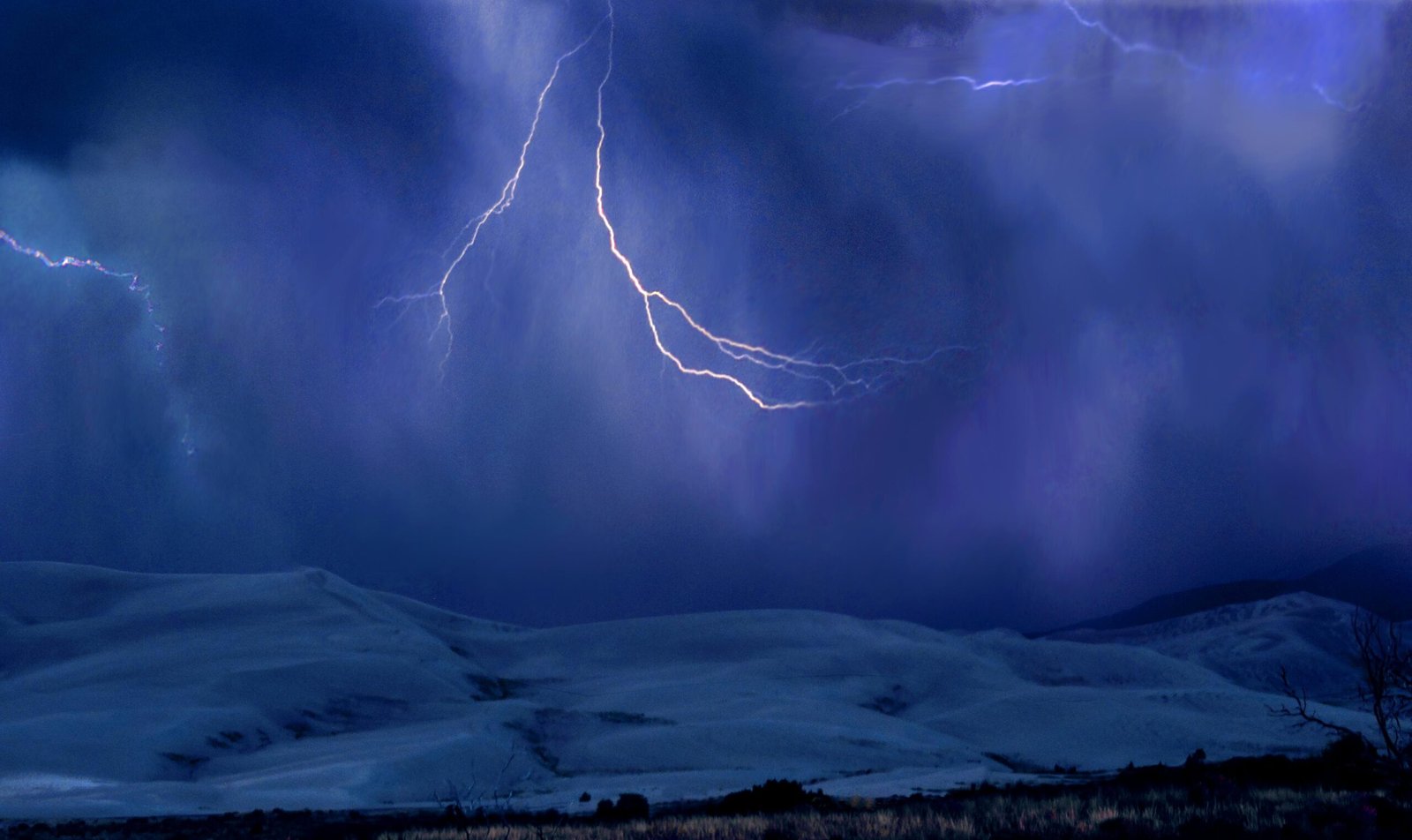
Not every lightning strike produces a fulgurite. The soil must be rich in silica, like quartz sand or sandy clay, for the glass to form. Moisture in the ground can also help the process by conducting electricity and allowing more of the lightning’s energy to spread underground. The strike must be powerful enough to melt the sand, but not so diffuse that it loses its intense heat. As a result, fulgurites are more likely to form in deserts, beaches, or other places with loose, dry, silicate-rich soils. Even then, each fulgurite is a rare and special creation, shaped by the exact conditions of that moment.
The Shape and Structure of Underground Glass
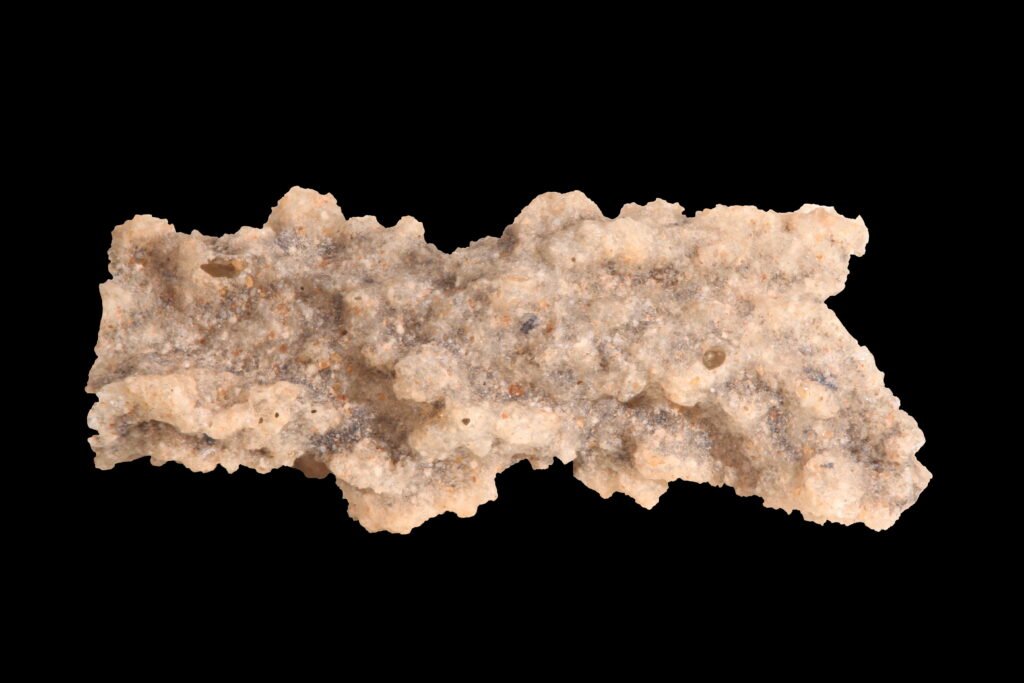
Fulgurites are often described as nature’s lightning fossils. Their outer surfaces are typically rough and sandy, blending in with the earth around them. Inside, though, they reveal a smooth, glassy interior that shimmers when broken open. The shape of a fulgurite mirrors the path of the lightning bolt, twisting and branching unpredictably. Some fulgurites are only a few centimeters long, while others can stretch for several meters, following the path the electricity carved through the ground. Their delicate, hollow structure captures the fleeting power of lightning in a solid, lasting form.
Colors and Variations: Nature’s Glass Art
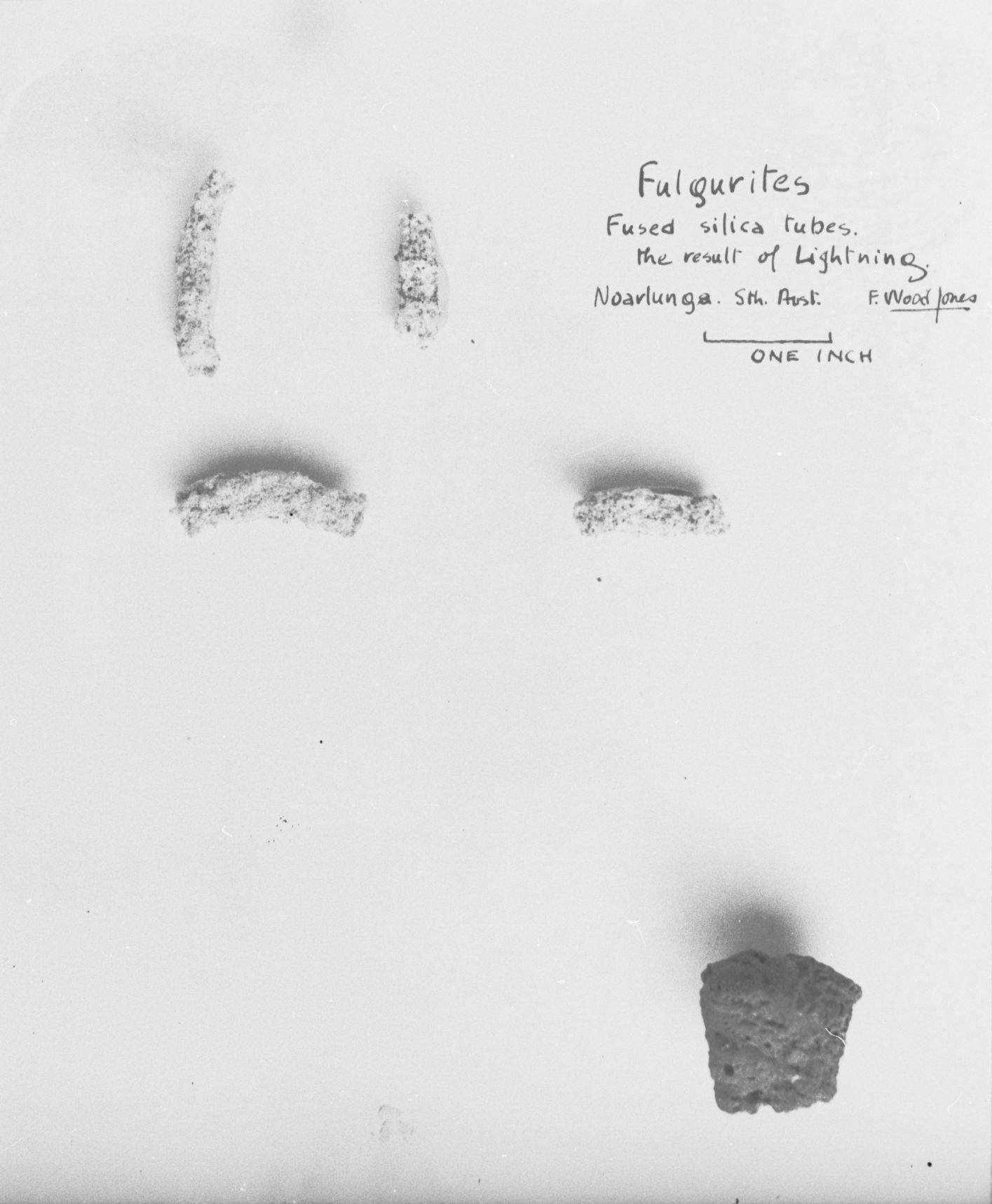
The color and appearance of fulgurites can vary widely, depending on the minerals present in the soil. Most fulgurites are gray, brown, or greenish, but some shimmer with iridescent hues or show subtle patterns within the glass. Tiny bubbles or voids may be trapped inside, evidence of the rapid, violent cooling. Occasionally, rare metallic elements in the soil can add dramatic colors or glitter to the finished glass. These variations make each fulgurite a unique piece of natural art, as distinctive as a fingerprint.
Real-World Discoveries and Notable Fulgurites
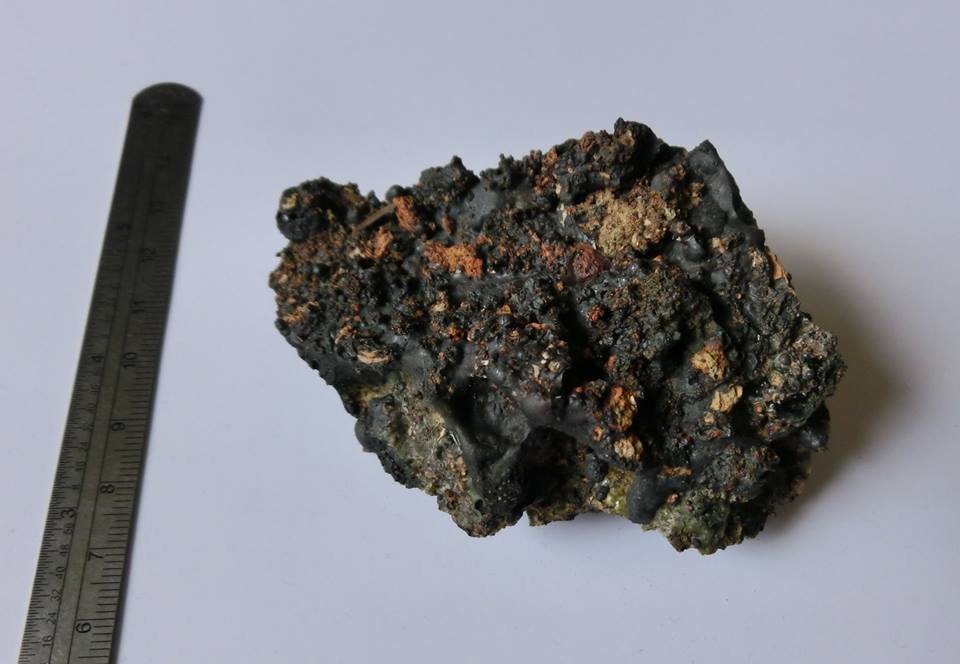
Fulgurites have been found all over the world, from the deserts of the American Southwest to the sands of the Sahara. Some of the longest fulgurites ever discovered have measured over 5 meters in length, winding through the earth like buried lightning snakes. In some cases, entire networks of fulgurites have been uncovered, showing where lightning has struck repeatedly in the same area. These discoveries are often made by accident, during construction work or scientific digging, and each one offers a glimpse into a dramatic moment frozen in time.
Scientific Importance of Fulgurites
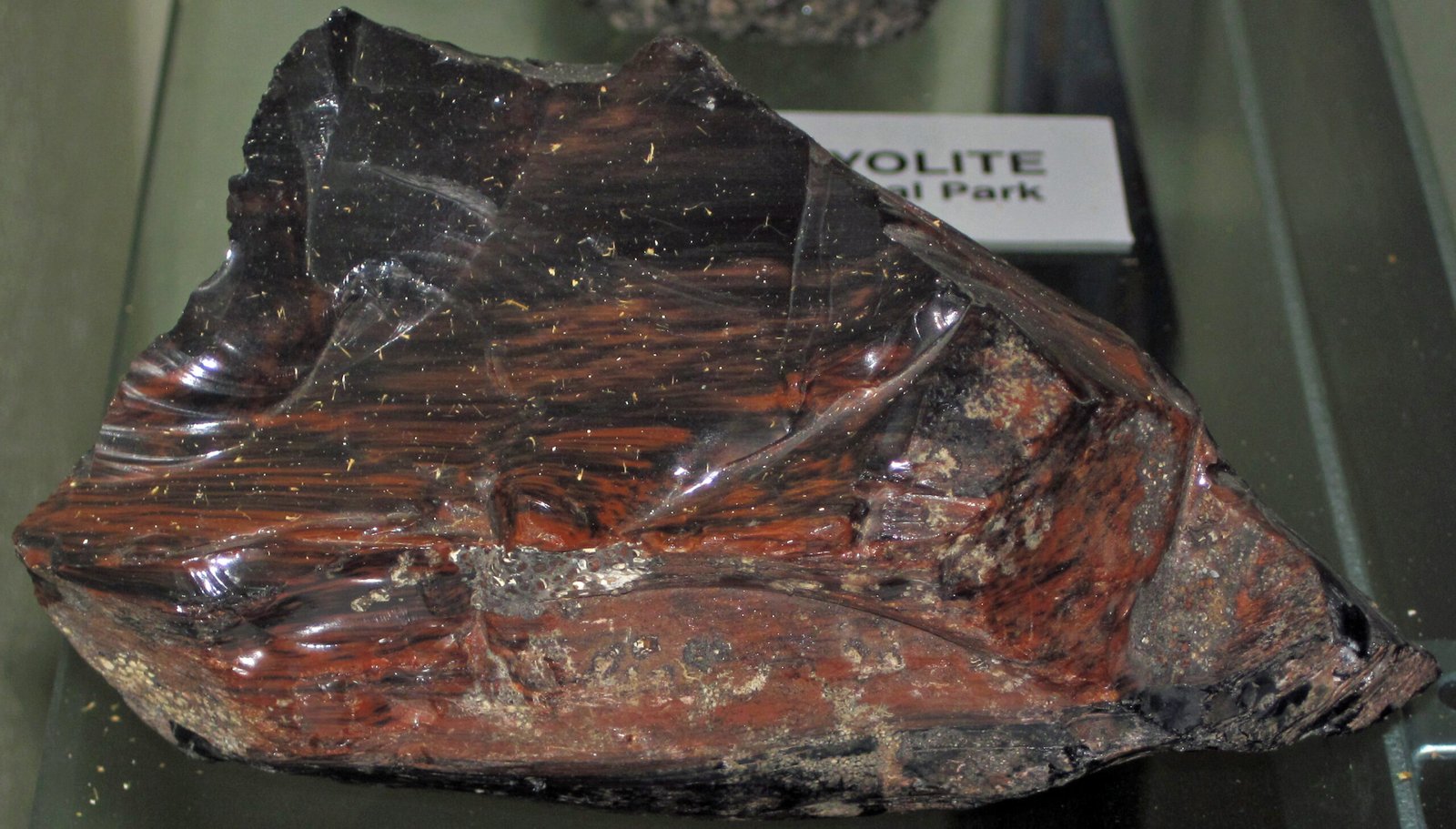
For scientists, fulgurites are more than just beautiful curiosities. They offer valuable insights into the chemistry of lightning and the history of the earth’s atmosphere. By analyzing the composition of fulgurites, researchers can learn about the types of minerals present in ancient soils and even estimate the frequency and intensity of past thunderstorms. Some studies have found that fulgurites can preserve tiny traces of gases, revealing the composition of the air at the time they were formed. In this way, these underground glass sculptures act as time capsules, preserving evidence of earth’s electrical past.
Fulgurites in Myth, Folklore, and Art
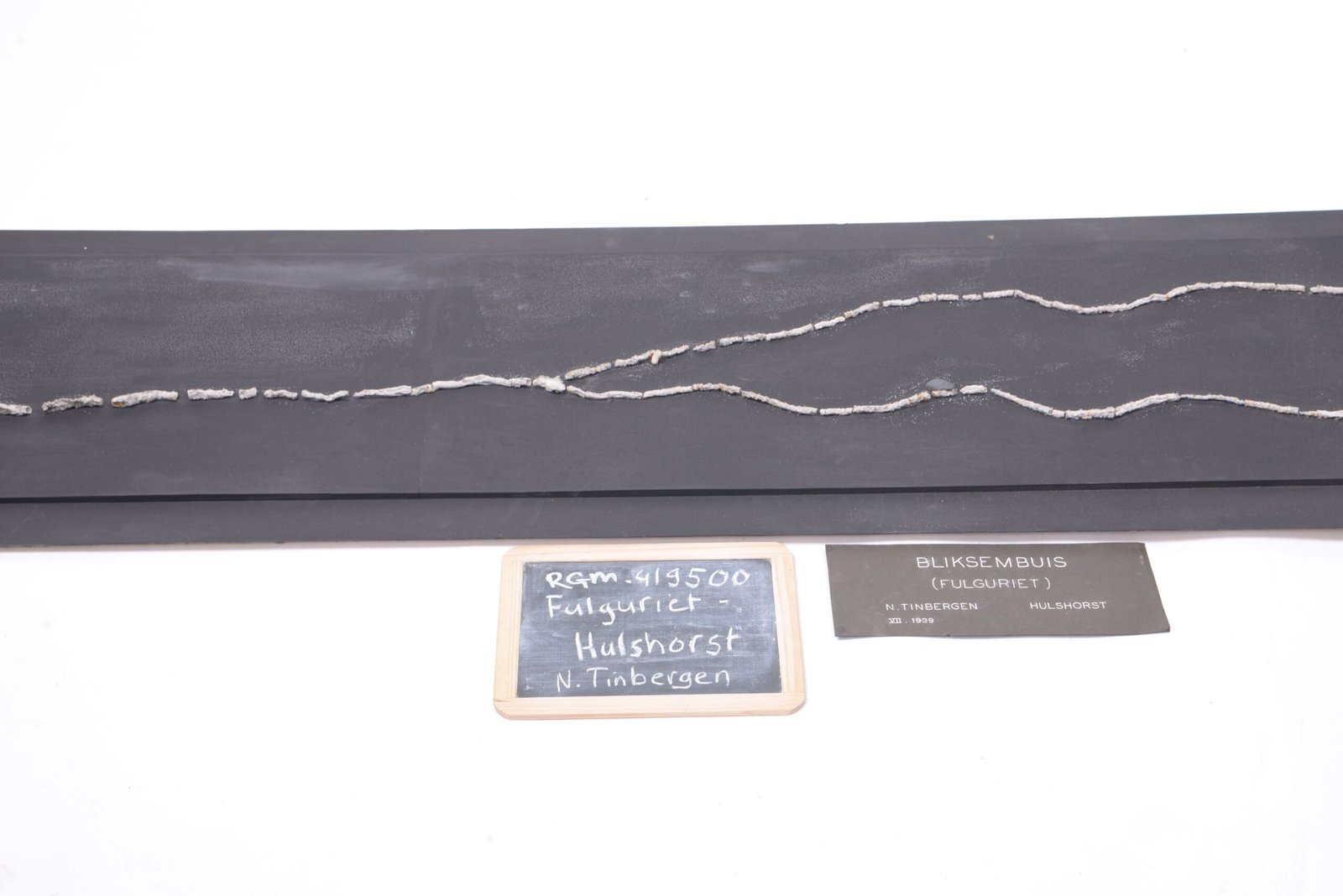
Throughout history, people have been fascinated by the mysterious power of lightning and the strange glass it leaves behind. Ancient cultures sometimes believed fulgurites were sacred, gifts from the gods or the remnants of divine battles. In modern times, fulgurites have inspired artists and writers, who see them as symbols of transformation and the unpredictable forces of nature. Some jewelry makers even craft pieces from fulgurite fragments, turning these rare artifacts into wearable art. Their story, blending natural science with human imagination, continues to captivate people around the world.
Collecting and Preserving Fulgurites

Because fulgurites are both delicate and rare, collecting them requires care and respect for the environment. Professional collectors often search for them in places where lightning strikes are common, such as sandy hills or dry riverbeds. When a fulgurite is found, it must be carefully excavated to avoid breaking its fragile structure. These specimens are prized by museums, universities, and private collectors, who display them as natural wonders. Preserving fulgurites is also important for science, as each one holds clues about the conditions under which it formed.
The Ongoing Mystery and Wonder of Fulgurites
Even with all that we have learned, fulgurites still hold many secrets. Each one is a singular creation, shaped by the unpredictable power of lightning and the unique chemistry of the earth it strikes. The process feels almost magical, as if the sky has left a signature deep beneath our feet. Discovering a fulgurite is like finding a message from a storm, written in glass and buried in silence. These underground sculptures remind us that nature is both an artist and a force of unimaginable power, always ready to surprise us in the most unexpected ways.




